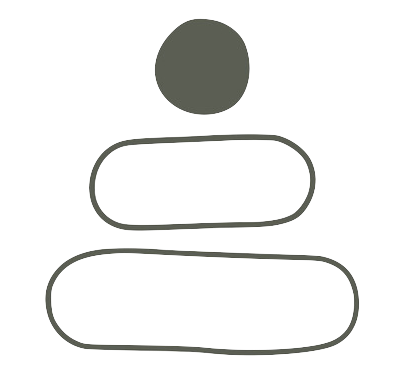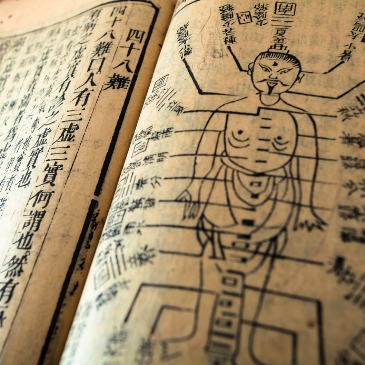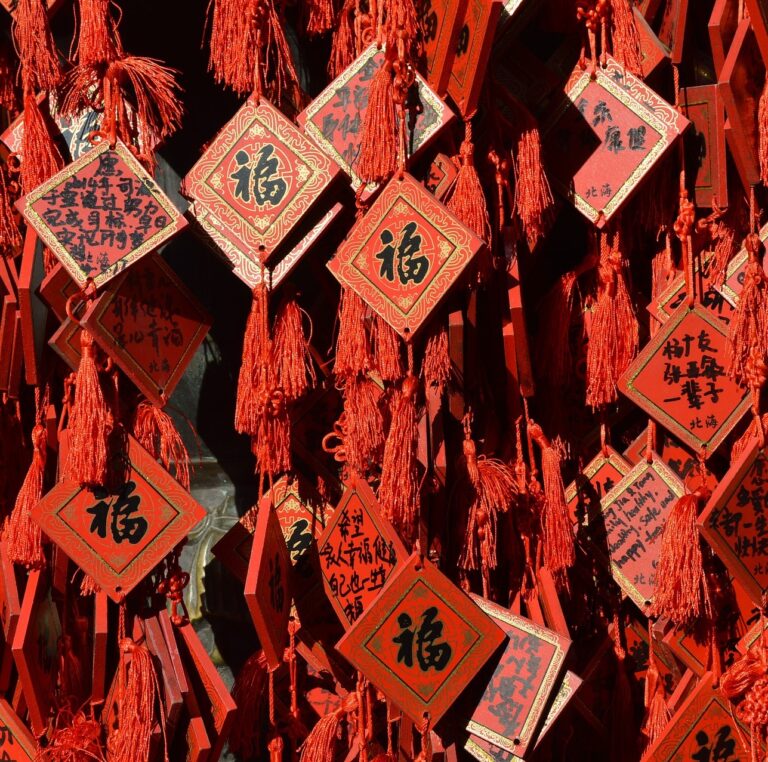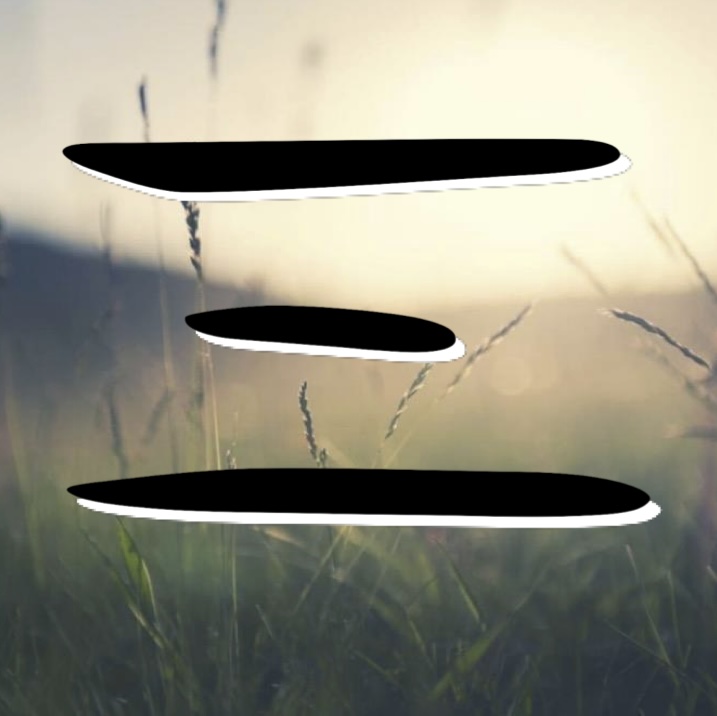Wuji and Learning
Have you ever experienced something that exposes a profound level of understanding with a mind-blowing level of simplicity?
Sometimes this can happen when someone inadvertently gives you the missing piece of a puzzle, but on other occasions it is a beautifully distilled insight that is shared, the kind of insight that hides its depth within its clarity and simplicity.
These beautifully distilled insights arise through a special kind of understanding that requires a certain approach to learning. It’s an approach that we see in the spiritual traditions the world over and talks of the nature of humility that can exist within a deeper state of knowing.
In this blog we will unpack some ideas that can help us understand this approach to learning and sharing, an approach that should be high on the list of learning approaches for all qigong teachers.
Defining Wújí
Within Chinese Philosophy, wújí is represented by the empty circle. Contrary to some commentaries, the emptiness within the circle is not representative of the void, it represents unlimited potential.
The space within wújí is pregnant with possibility, it’s a space in which anything could happen, but nothing has yet formed. As soon as something has come to be, this is no longer wújí, the circle is no longer empty.
As a philosophical concept, it represents a perfect state that can appear to be inaccessible due to the requirement to shed all physical and mental constructs, but when we consider wújí to be a direction instead of a destination, it becomes a far more relevant concept.
Returning to Wújí
Unfortunately, holding wújí as a destination can also be problematic; the tendency for qigong practitioners to become overly focussed on progressing towards wújí should never be underestimated.
The reality of the situation is that we need to take time to move away from wújí in order to return to it with greater clarity. In other words, we need to become more aware of the things that we can let go of, before we actually let go of them, otherwise we spend too long holding onto false ideals and false gods.
This iterative process of apparently moving away from the intended direction of travel in order to then move forward in a more informed way is not unique to the concept of wújí, we see it in pretty much every creative cycle that exists.
Whether we are looking at 5 element theory, the flow of Kobl’s experiential learning cycle or other creative cycles, this process is a well documented natural progression. We can think of it being a little like the way that waves lap on the shore as the tide comes in and out; we need to take the time to move away, so that we can clear the path and move forwards more effectively.
To express it another way, in the words of Albert Einstein:
“If you can’t explain it simply, you don’t understand it well enough”
The Wújí Diagram
This diagram, taken from the Tài jí tú shuō (太極圖說), an 11th century C.E. book written by the scholar Zhou Dun’yi, shows different levels of being or knowing. While this diagram has numerous ways in which it can be interpreted and explored, I’d like to look at it from the perspective of the type of learning which has that simple, profound clarity that was referenced at the top of this blog.

The red circle at the top of the diagram represents wújí. This can be considered to be both origin and destination and is representative of unlimited potential.
The circle below wújí is tài jí. This older version of the familiar ☯ symbol shows the interaction of yin and yang and speaks of the way that movement within the stillness of wújí initiates the process of creation.
Beneath tài jí we find the 5 elements in which the process of creation is no longer simply looked at as the creative friction between two opposing forces, but is now a more complex interaction of forces that are moving through increasingly complex cycles.
Beneath the 5 elements we find the myriad things (or 10,000 things) that are represented by two circles. In this state the apparent complexity of 5 elements has been dialled up to 11. This could be considered analogous to the nature of specialisation we see within the modern world. While the two circles may bring to mind the infinity symbol (∞), they can also be viewed as two adjacent circles that are no longer considered to be connected, although in reality they must be.
Working from wújí, the movement to the myriad things is one of increasing complexity and noise, while the journey from the myriad things back to wújí is representative of the return to stillness.
If we consider the iterative process of returning to wújí, this is only possible when we gain a suitable awareness of the underlying information and narratives that are currently within us. From this perspective it’s important to have the willingness and ability to go into the depths of the myriad things, while still retaining the ability to escape back towards stillness.
We can easily get caught in the trap of knowing at the more complex levels. We can take this complex understanding to mean that we have arrived, but the reality is that we have become stuck in complexity. The clarity and simplicity that was alluded to earlier is the result of escaping from complexity and refining the concepts in order to make them accessible, relevant and helpful.
Different People, Different Needs
With this model in mind, we can then ask ourselves the question:
What do I personally need in order to move towards wújí?
As a teacher of qigong, it quickly becomes apparent that everyone has different needs, everyone has different experiences and everyone has different understanding. While the concept of wújí is a unifying concept, the return to this place is an individual journey.
Qigong offers a roadmap towards this place of stillness and it also offers a level of understanding as to the various levels of information that we need to let go of in order to really return to wújí.
Having an understanding of the more complex aspects of qigong that reside within the deeper theories will undoubtedly be helpful as a teacher, but these are not required understanding, they are simply alternative methods of describing the underlying principles. Some people will need to take a deep dive before they can trust, others will not have the same barriers, and understanding this is vital when teaching qigong.
In summary, a great qigong teacher will work at a level that moves their students towards the true state of wújí. While we can use increasingly complex forms and philosophies, they are meaningless unless they lead us towards stillness.







